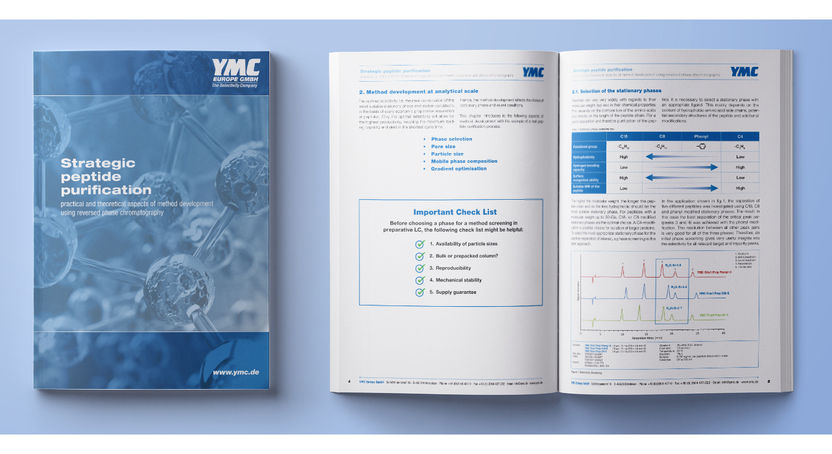New genetic mechanism explains history's tallest giants
International team explains genetic causes of X-linked acrogigantism (X-LAG)
gigantism is a disease caused by excess growth hormone (Growth Hormone or GH). Among the affected patients, a few suffer from a rare X-linked form of the disease (X-LAG). Researchers from the Andalusian Center for Developmental Biology (CABD, CSIC-UPO) have participated in an international study showing that patients with X-LAG have a genetic abnormality (a duplication) that physically alters a region of the X chromosome. This causes an overexpression of the GPR101 gene, an important stimulator of GH secretion. This genetic mechanism, published in the American Journal of Human Genetics, explains the overgrowth of the tallest people in history and opens the door to understanding unexplained genetic pathologies.

Schäferle / Pixabay
Research in recent years has revealed that the genome is highly organized at the local level into genomic units, called Topological Association Domains (TADs). These units are isolated by boundaries that facilitate certain interactions between genes and enhancers, while decreasing interactions outside the TAD. In X-LAG, a duplication disrupts the normal TAD around GPR101 and reconnects GPR101 to interact with new enhancers, thus creating a new TAD (neoTAD). This study, developed in collaboration with the Humanitas Research Hospital (Milan, Italy) and the University Hospital Center of the University of Liège (Belgium), is the first time that a pathological mechanism called TADopathy has been shown to cause disease in endocrinology.
Growth hormone stimulation
According to Martin Franke, CABD researcher and lead author of the new study, "These TADs and their boundaries represent a novel framework for identifying genetic disease mechanisms. Instead of mutations altering the sequence of a gene, duplications or deletions that disrupt TAD boundaries can rearrange TADs (TADopathies). The genes then come into contact with regulatory sequences called enhancers that normally regulate other genes, a mechanism called enhancer hijacking. The underlying TADopathy in X-LAG creates a neoTAD for GPR101." Franke and colleagues first described the neoTAD phenomenon as the cause of a rare form of congenital limb defects. "When we first discussed X-LAG, our attention was immediately drawn to the neoTAD concept, and we were intrigued that the mechanism discovered in a rare disease could potentially explain X-LAG."
The concept of neoTAD formation led the researchers to examine the local chromatin architecture in patients with X-LAG. X-LAG is a unique pediatric form of gigantism that has been described in only 40 patients worldwide and exactly mirrors the disease suffered by the tallest humans ever recorded, such as Robert Pershing Wadlow (2.72 m) and Julius Koch (2.59 m). Adrian Daly (University Hospital Center Liège, Belgium), lead author of the study and of the original description of X-LAG in 2014, states that "since our discovery of X-LAG in 2014 and our subsequent description of GPR101 as a powerful stimulator of growth hormone secretion, we were puzzled by how a simple duplication of the GPR101 gene could lead to huge increases in GPR101 protein levels in tumors of X-LAG patients. This new discovery about GPR101 and its deregulation by neoTAD formation answers this important question."
A better awareness of the role of TAD boundary disruption in the disease will help to address other unresolved genetic disorders. According to Giampaolo Trivellin (Humanitas Research Hospital, Milan), lead author of the original description of X-LAG and of the new study, "While X-LAG is, to our knowledge, the first TADopathy described in endocrinology, we believe it will not be the last. The endocrine system is very complex and subtle genetic changes during development can have massive consequences for body growth, metabolism and fertility. Knowing now that disruption of normal DNA topology can explain X-LAG means that we can use this paradigm to explore the regulation of the GPR101 gene and also look for new TADopathies in endocrinology."
Note: This article has been translated using a computer system without human intervention. LUMITOS offers these automatic translations to present a wider range of current news. Since this article has been translated with automatic translation, it is possible that it contains errors in vocabulary, syntax or grammar. The original article in Spanish can be found here.

























































